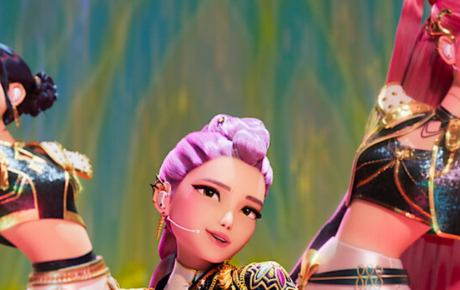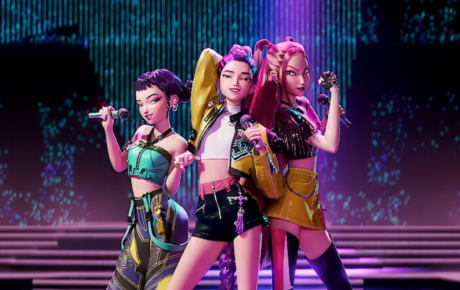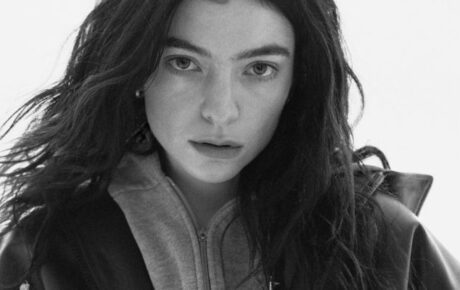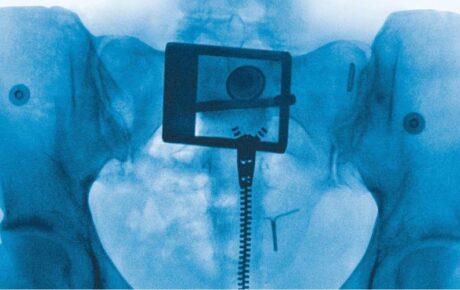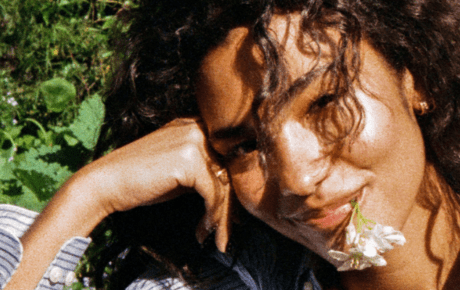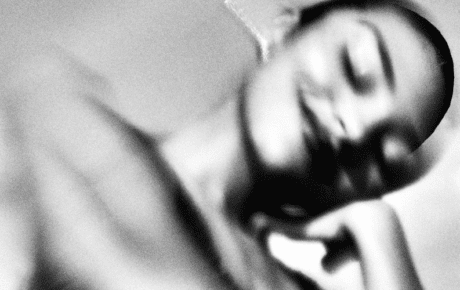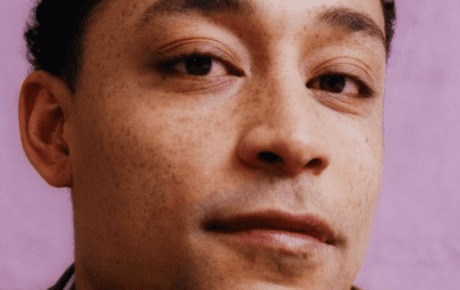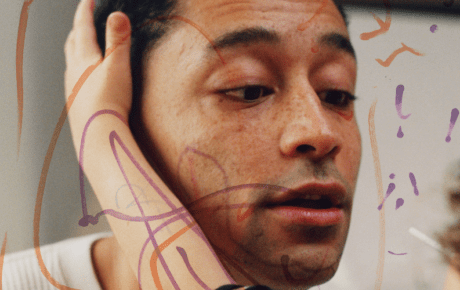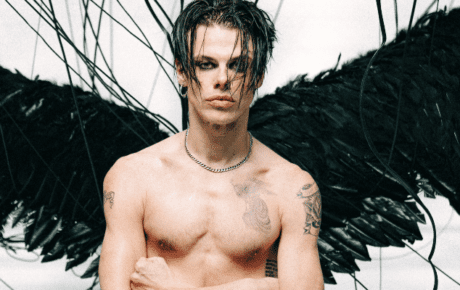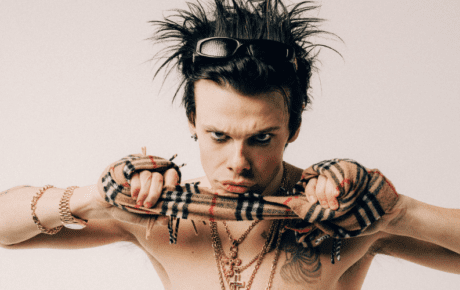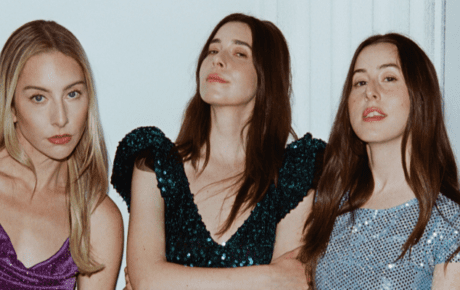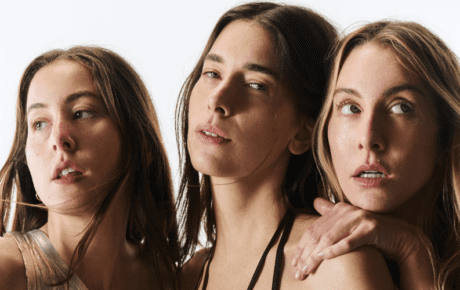These days rising stars and viral sensations can be born from almost anywhere. If it’s not Tumblr or Soundcloud, then it’s YouTube or TikTok. Music has become more accessible than ever before, through streaming, in-built entertainment systems or by calling out across the room to something called Alexa. Within the last few years, the rise of artists born in the internet age have brought a melancholic fog that’s cast a new shadow over the pop music landscape. Their “sad-pop” approach has pushed the boundaries of music seen on the mainstream charts, and established 21st century sadness as a personality type. Gone are the days of the optimistic ‘00s where every chart topper got the party started, had a feeling it was going to be a good, good night, and never struggled to find love in a club.
Fast forward a decade, and it’s now cool to be in touch with your emotions. Social media and cathartic meme culture have successfully provided a safe space for conversations surrounding depression and anxiety. The emerging wave of Gen-Z artists have built successful careers on adopting a style of playlist friendly moody pop encapsulating this angst, and are turning it into lyrics that feel like a warm sonic hug. Everyone experiences spells of sadness and sometimes the best form of therapy is finding comfort through refreshingly relatable music. At a surface level, sad-pop bangers can feel like a blissful bubblegum hit, but on deeper inspection you may find yourself holding back tears on the dancefloor.
Although this style of melancholic pop may seem like a new trend, it’s taken until the rise of internet culture for the world to truly embrace it. Hitmakers and OG sad-pop girls Robyn and Lana Del Rey popularised the style early on as part of their personal brands. Robyn’s entire discography including standouts ‘Dancing On My Own’ and ‘With Every Heartbeat’ made you want to simultaneously dance and cry. While Lana’s seductive sadness showed that there could be a softer side to expressing raw emotions, and that they weren’t only reserved for grunge and other genres deemed masculine.
The next succession of authentic indie-pop stars sees the likes of Lorde, Halsey, Billie Eilish, Conan Gray, Clairo, and BENEE adopting similar styles by getting in touch with their emotions. They’ve all become beacons for youth in times of doom and gloom. Although they each possess their own individual aesthetics, underlying themes of vulnerability, adolescence, self worth, heartache and misery shine through in their lyrics. Sometimes a party might just be sh*t or at times you might find yourself crumbling under the weight of the world, and that’s okay. Lorde is the queen of turning mundane details and social observations into devastatingly beautiful stories. Her brutally honest debut and sophomore albums (‘Pure Heroine’ and ‘Melodrama’) have been labelled timeless masterpieces by her peers, critics and fans alike. New kid on the block and prince of sad-pop Conan Gray displays copious amounts of maturity and charisma on his new album ‘Kid Krow’. His catchy tracks tackle teenage angst and his tweets are so relatable, that they could be your next Instagram caption.
SEE MORE: Conan Gray Is Generation Z’s Prince of Sad Pop
Billie Eilish has broken more records at the age of eighteen than anybody can keep count of. And she’s done it all by raising her immaculately manicured middle finger to the cookie-cutter pop formula. Her Grammy award winning debut album ‘When We All Fall Asleep Where Do We Go?’ named after night terrors, is full of dark compulsions playing on people’s fears. Featuring visual accompaniments of waterfalls of black tears, tarantulas, and needles is a far cry from champagne showers, private jets and red solo cups seen all over the charts fifteen years ago. The insane popularity and success these artists’ have already garnered suggests that moodier music has a first class ticket into the mainstream. Even A-listers such as Taylor Swift, The Weeknd, Post Malone and Drake have always been in their feelings. While the emo-rap scene has been revived with acts such as Juice WRLD (R.I.P.), Lil Peep (R.I.P.) and Lil Uzi Vert.
The breakthrough of streaming, algorithm magic and moody bedroom confessions have allowed genres like sad-pop and emo-rap to show their creative and commercial promise. Like Lana embodied the Tumblr era of online culture, the legion of fans of today’s artists hang on every word they sing (and every word they Tweet). Pop music has become much more in touch with its emotions, just as listeners have tapped into theirs.
Want more sad-pop? Listen to our new UMUSIC Sad Pop playlist below.
https://open.spotify.com/playlist/7n5YqGIMAU4gvUym8vDT08?si=UMt94hS4QDSx7tKBNHtlfA

